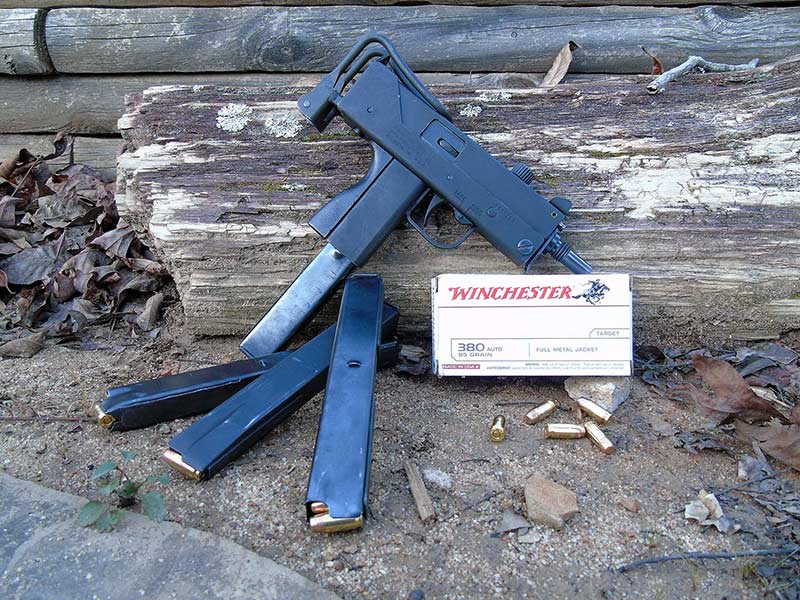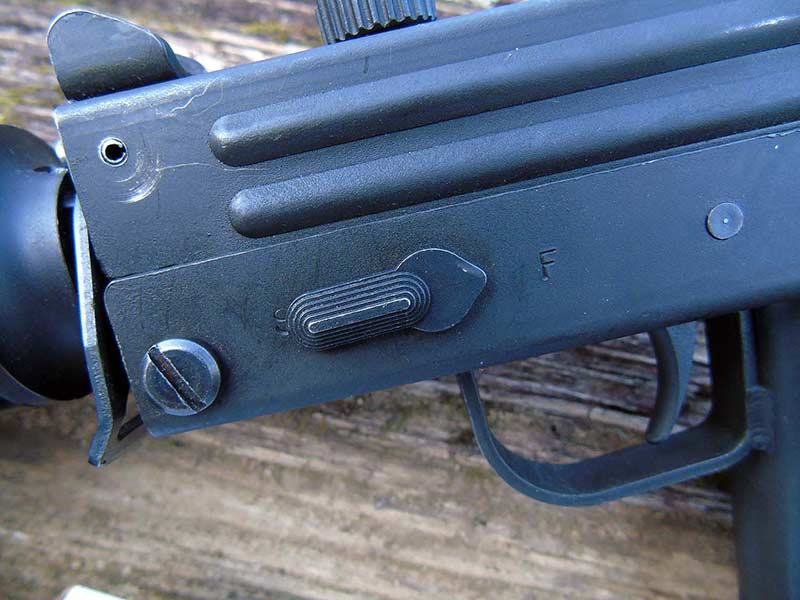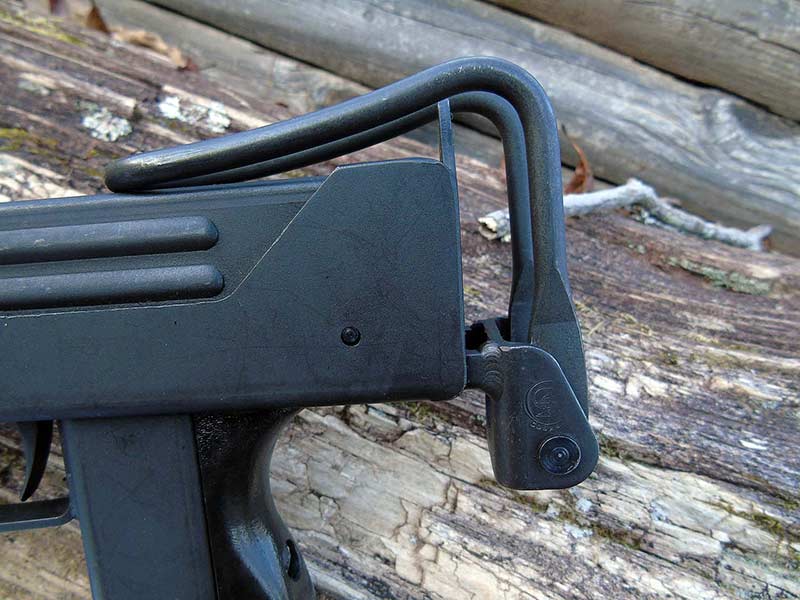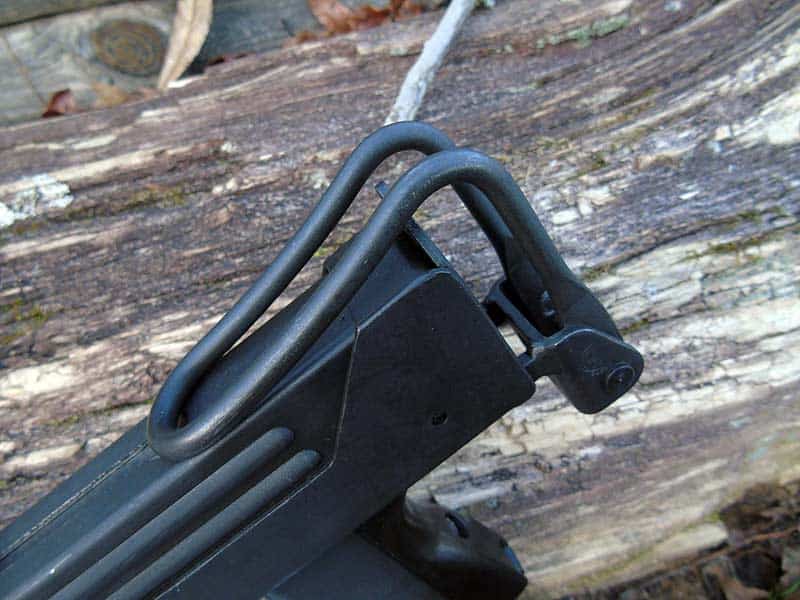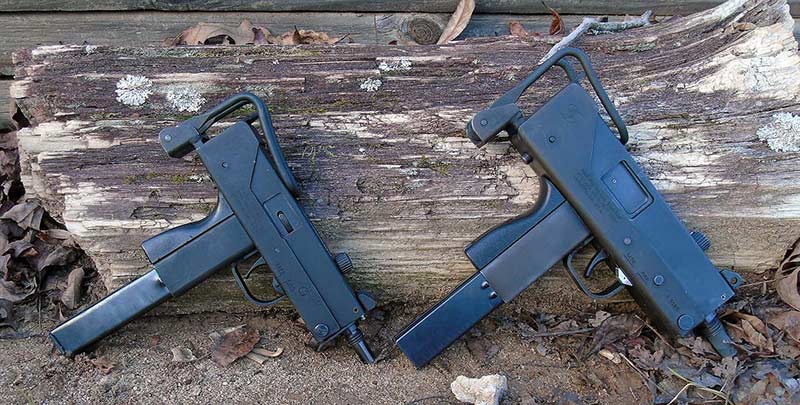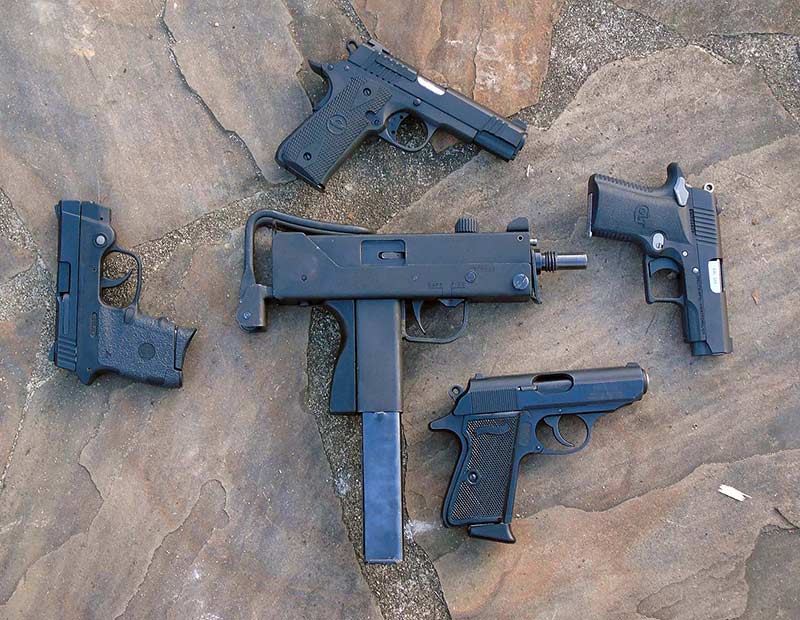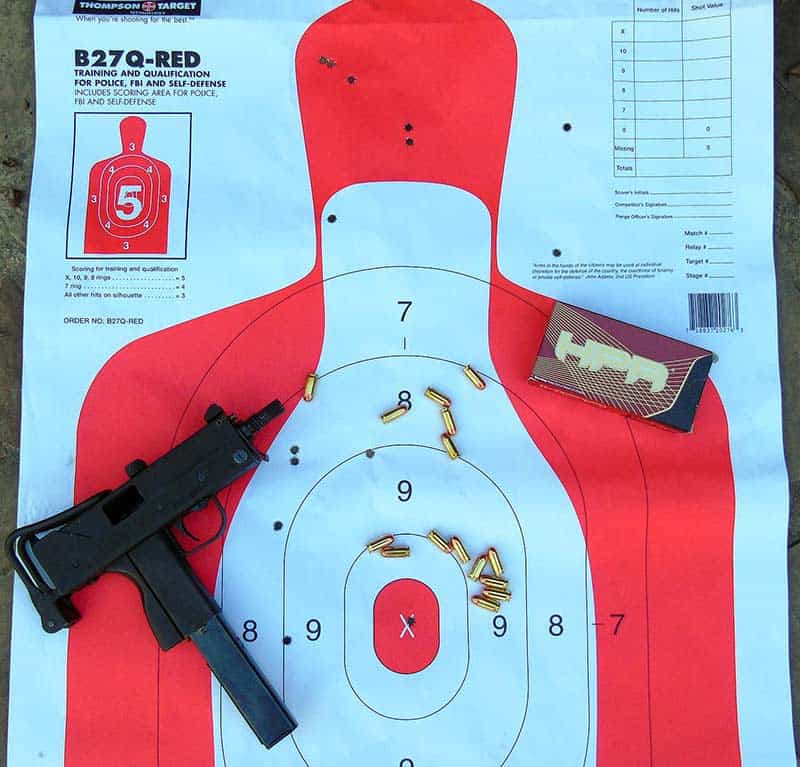Gordon Ingram’s Thermonuclear Pocket Pistol
The Military Armament Corporation
MAC-11 .380 ACP Submachinegun
Small-caliber concealable handguns in a variety of sizes, weights, calibers, and hues are commonplace nowadays. However, back when U.S. gun laws were adequate to allow such stuff a gifted American firearms inventor once divined something truly extraordinary.
Gordon Ingram served in the Infantry in World War II and developed a passion for gun design that helped craft the subsequent landscape. His M6 submachinegun bears an esoteric similarity to the storied Thompson yet incorporates such novel stuff as a two-stage trigger-cum-fire selector allowing the shooter to select modes of fire based upon how firmly the trigger is pressed. His subsequent boxy sheet steel M10 subgun became an icon.
John Wayne introduced the world to the Ingram M10 in the movie McQ, replete with realistic magazine changes. U.S., British and Israeli Special Operations Forces used a few for real. There was a time on the silver screen when every Bad Guy everywhere seemed to pack a MAC submachinegun, so named for the Military Armament Corporation producing it.
With a minimum number of machining operations required for the bolt, barrel, and fire controls, Ingram’s eponymous submachineguns pursued the ever elusive military contract which is the golden ring for weapons designers. Ingram along with the legendarily flamboyant OSS/CIA veteran Mitch WerBell III envisioned the full-figured MAC-10 replacing the 1911A1 Colt pistol as the standard sidearm for all U.S. military personnel. While Ingram’s little buzz guns were indeed scaled more like handguns than submachineguns, their prodigious weight (more than that of the M16A1) combined with their breathtaking rates of fire conspired to exclude the weapons from most U.S. military arms rooms. Had they been successful the mind boggles at the number of fingers that would have been subsequently shot away on American military firing ranges. In 1969, however, Ingram took to the drawing board yet again and scaled down his revolutionary submachinegun into something truly extraordinary.
Vital Statistics
The .380 ACP MAC-11 is about 9″ long with its stock collapsed and tips the scales at a paltry 3.5 pounds empty. The overall envelope is comparable to a standard 1911 pistol and the weapon fires from an open bolt. The barrel is threaded for a sound suppressor and the gun was originally intended to be used with a suppressor in place. Considering that the .380 is naturally subsonic the end result is remarkably effective. There is a synthetic buffer which can dry rot over time but the little gun is otherwise about indestructible. In 1972 the guns sold for $86.50 each. That equates out to $494 today.
MAC also produced a novel proprietary .380 SMG cartridge that pushed a heavy 130-grain slug to subsonic velocities specifically for the MAC-11. As the subsequent pressures would be adequate to detonate most conventional .380 pistols and the only external difference between these rounds and standard .380 pills was the headstamp, these dangerously hot cartridges never gained much traction.
Fire selection is via a rotating switch on the left front of the gun. The safety is a sliding switch inside the trigger guard somewhat akin to that of the M1 Garand. Deploying the stock requires the heavy wire buttplate be squeezed and rotated before the entire assembly is extended. The stock wobbles a bit but the process is easier to undertake than to describe. The gun cycles at a vigorous 1,600 rounds per minute on full auto thanks to its compact receiver and abbreviated bolt travel, emptying its entire 32-round magazine in 1.1 seconds. To put this in perspective, from the vantage of pure Newtonian Physics this is the muzzle energy equivalent of one and one half .50 Caliber BMG rounds per magazine. MAC made stubby 16-round magazines that kept the zippy little gun concealable underneath light clothing as well.
Most MACs include a web front strap to provide additional purchase and more positive control. Mine sports a .380″ hole which commemorates a particularly frisky day at the range wherein I tried running the little buzz gun one-handed. The MAC-11 is tiny enough to ride comfortably in a holster and there were several versions produced commercially back in the day. DeSantis used to produce the coolest leather carry rig that positioned the gun muzzle down on the right in a grab-and-go configuration. Magazine pouches on the other side balanced out the weight.
Can You Really Hit Anything with It?
Well, sort of. The diminutive MAC-11 makes for a poor submachinegun yet can potentially surpass most conventional handguns in both controllability and firepower. While the shoulder stock fits no categorized human anatomy and wobbles rather badly on a good day, it still produces a more stable platform than a handgun fired off-hand might. With the stock extended and firing semiautomatically I can outshoot most pedestrian handguns.
Rotating the Happy Switch around to the Hallelujah position will cure what ails you. Meticulous attention to the trigger will restrict the gun to three round bursts but recreational use runs more in the five to ten round range. With a suppressor installed the gun runs like a micro carbine without much offending your ears. Fired au naturel, attention must indeed be paid to keep your fingers from wandering in front of that stubby little muzzle, however.
A great deal of ink has been spilt deriding the .380 ACP as a man-stopper and my experience in an urban ER bears out those concerns. However, 32 of the modest little bullets delivered in just over a second makes for some prodigious synergy. Gun laws craft the morphological landscape in America but back in the day before Big Government was quite the leviathan it is today gifted inventors could exercise their creative bents unfettered. The results were remarkable indeed.
Subscribe To American Handgunner

Get More Carry Options content!
Sign up for the newsletter here:


